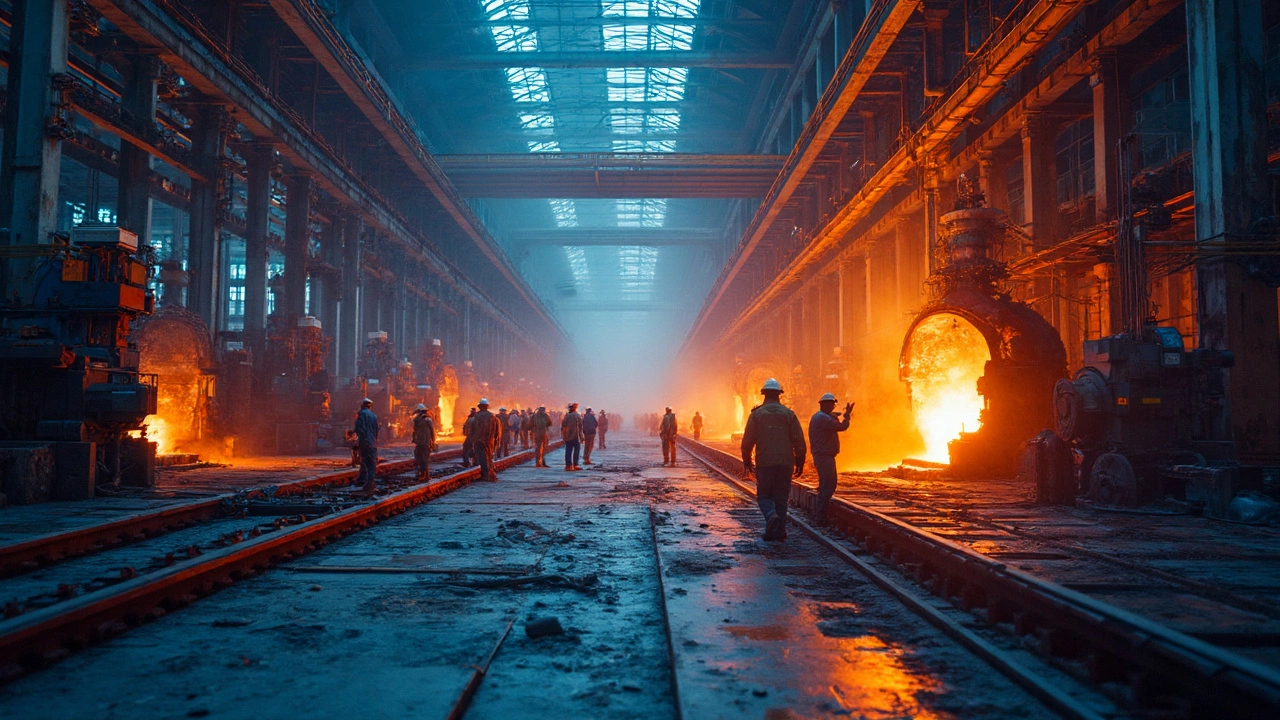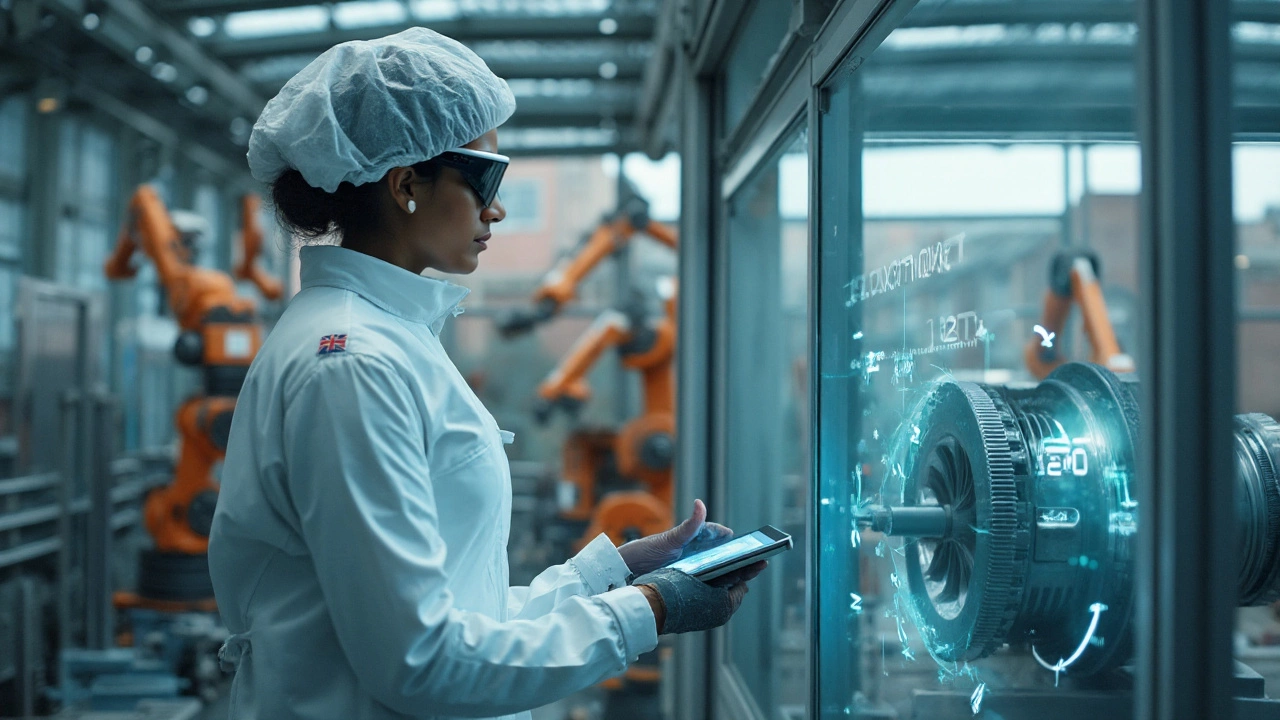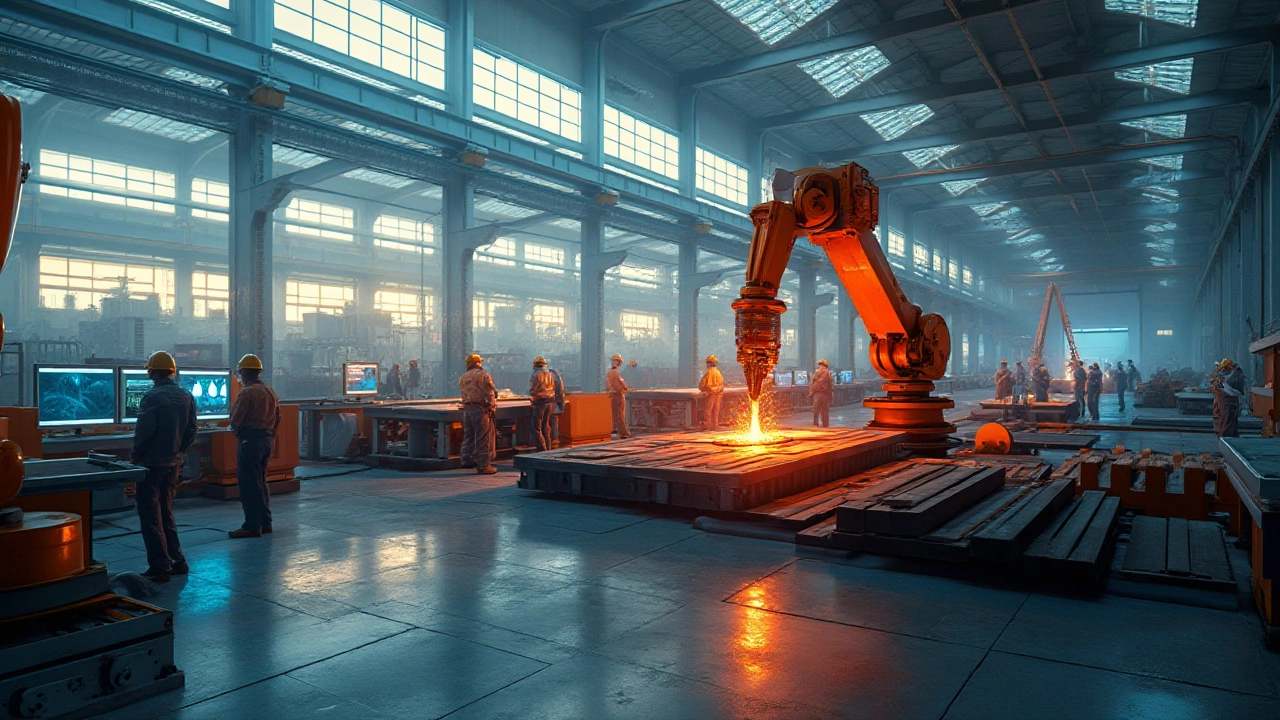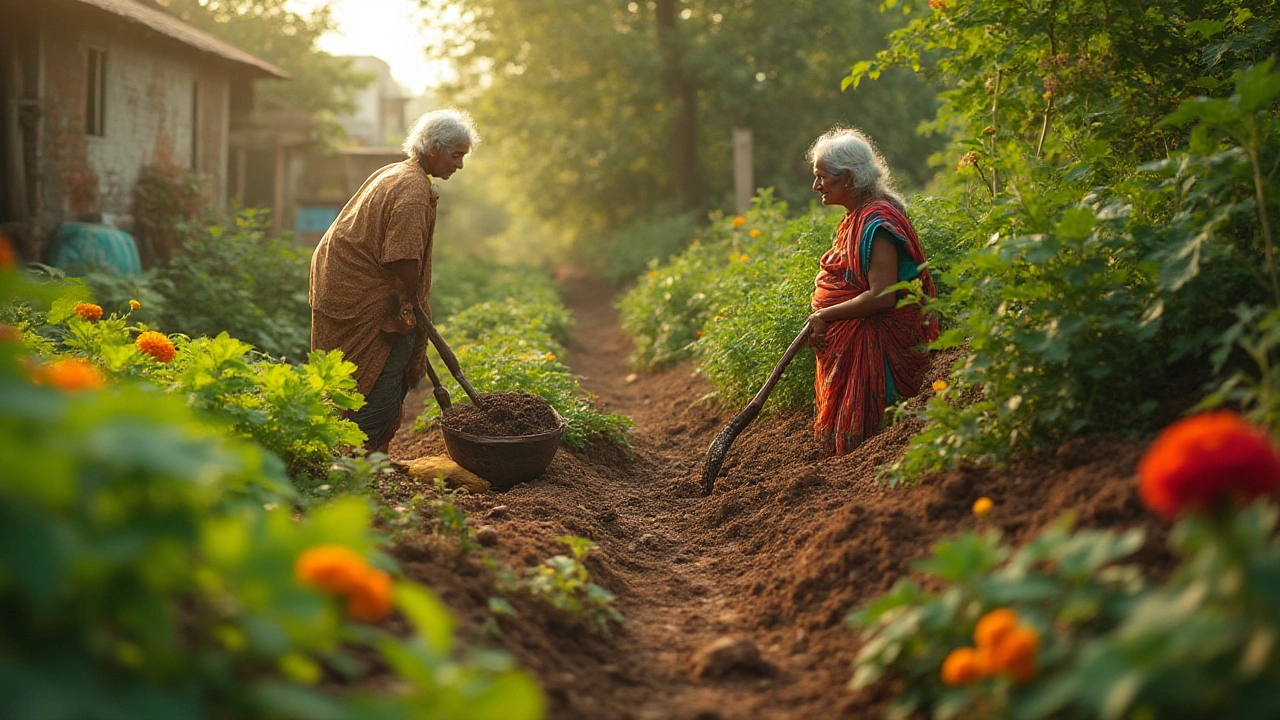global steel industry
global steel industry drives economies worldwide. When looking at global steel industry, the worldwide network of steel makers, traders, and users, you also encounter steel quality, the measure of strength, durability, and carbon content in steel products and steel production, the process of turning iron ore and scrap into finished steel. These three entities form the backbone of the sector: the industry encompasses production, production requires raw materials, and quality influences market demand.
The first big factor is steel production. It starts with extracting iron ore, then smelting in blast furnaces or using electric arc furnaces that recycle scrap. The choice of method determines the carbon footprint, cost, and ultimately the price of the final product. Countries with abundant iron ore—like Australia and Brazil—export raw material, while nations such as China and India rely heavily on both imports and domestic mining to fuel their massive factories.
Key aspects shaping the global steel landscape
Next up is steel quality. Engineers grade steel by its tensile strength, alloy composition, and finish. High‑grade structural steel wins contracts for skyscrapers and bridges, whereas lower‑grade sheets serve the automotive and appliance markets. Quality standards set by organizations like ASTM and ISO act as a common language, allowing buyers in Europe to trust a mill in South Korea.
Demand patterns complete the picture. steel demand, the need for steel across construction, automotive, machinery, and renewable energy sectors spikes when governments launch infrastructure projects or when car manufacturers roll out new models. Recent trends show a surge in high‑strength, lightweight steel for electric vehicles, while renewable‑energy projects push for corrosion‑resistant grades for wind‑turbine towers.
Finally, the players. Major steel manufacturers, large integrated steel companies that operate mines, mills, and distribution networks like ArcelorMittal, Nippon Steel, and Tata Steel set the competitive tone. They invest in modernizing plants, adopting green hydrogen for decarbonization, and expanding downstream services such as steel‑finishing and recycling. Their strategies affect everything from raw‑material prices to the speed at which new steel grades reach the market.
All these elements—production, quality, demand, and manufacturers—interact in a dynamic loop that keeps the global steel industry constantly evolving. Below you’ll find a curated set of articles that dive deeper into each of these topics, from the latest plastic‑in‑demand trends that influence steel packaging to the real reasons car sales are slowing in India and how that ripples through steel consumption.
Richest Steel Company in the World: Who Tops the List?
Ever wondered who holds the crown in the world of steel manufacturing? This article breaks down the leading steel company's profile, exploring key factors that led to its immense success. From production numbers to economic impact, discover how this industry giant shapes the global steel landscape. Learn about innovations and strategies that keep them at the top. Get insights into the wealth and influence wielded by the richest steel company.
- manufacturing
- India
- food processing
- garden tips
- rice cultivation
- government schemes
- balcony garden
- urban gardening
- balcony gardening
- profitable business
- business ideas
- plastic manufacturing
- drip irrigation
- plant care
- steel manufacturing
- sustainable gardening
- startup ideas
- steel industry
- flower gardening
- textile manufacturers






